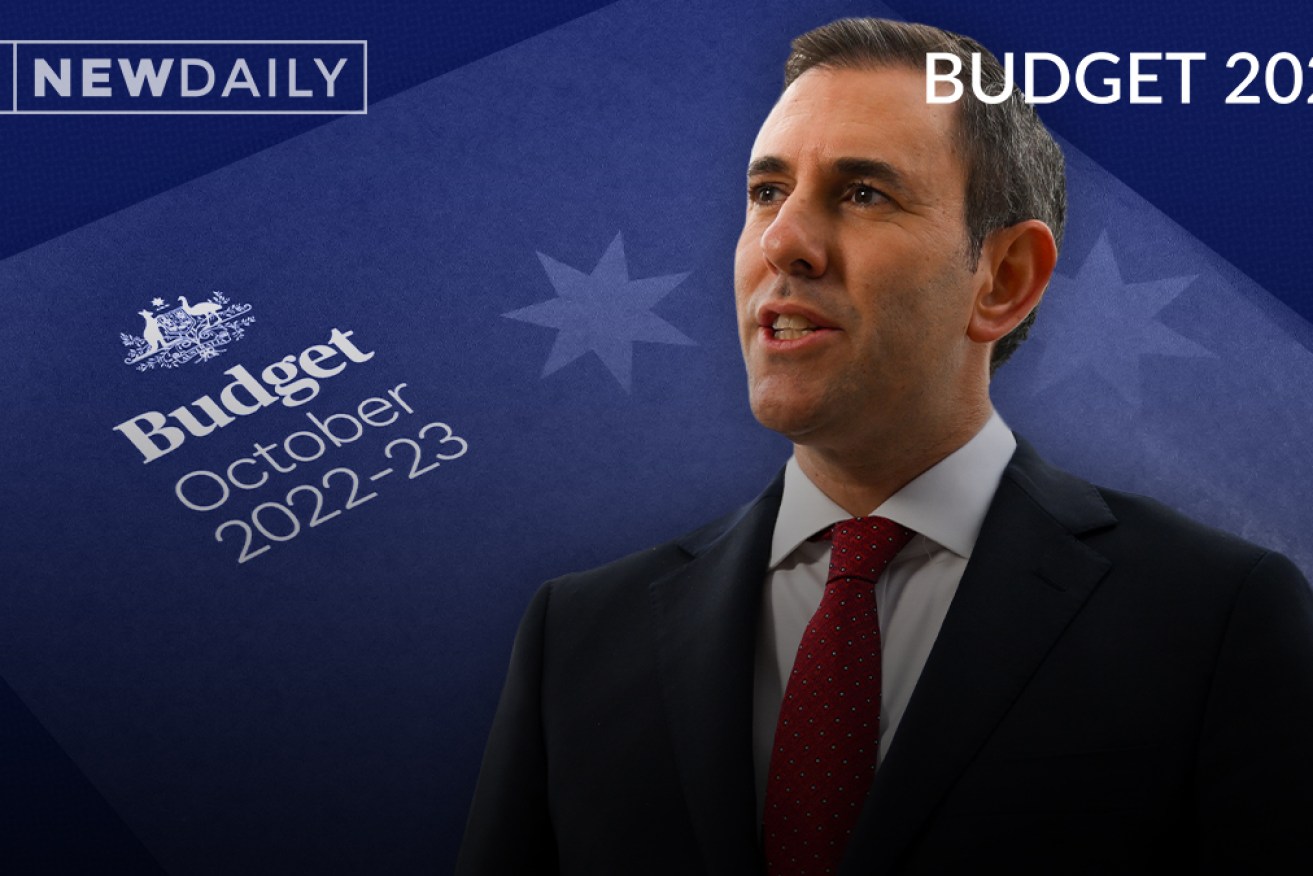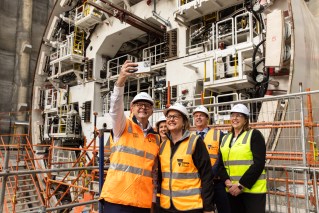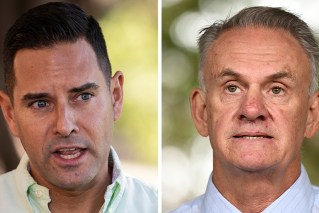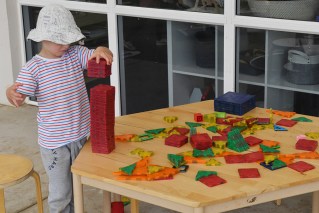Chalmers’ budget debut enlivens a ‘safe change’ agenda and lays the groundwork for more


The Treasurer exceeded expectations but also cast his eye to the future. Photo: TND
Jim Chalmers promised a “bread and butter” budget, but he is unlikely to have disappointed Labor’s faithful by delivering it.
The Treasurer had set expectations for no-frills government policy but exceeds them all the same by mixing classic announcements like increased education funding alongside bold new progressive measures aimed at ending gender-based violence and making housing more affordable.
But by tying it to a $40 billion reduction to the deficit and steady reduction to gross debt, he has established a fiscally responsible position for holding the line on this and perhaps even future Labor platforms in the face of inevitable challenges.
“We now confront the prospect of a third global downturn in a decade and a half,” Dr Chalmers told Parliament on Tuesday evening.
“This time demands a different response.
“This budget does more than end a wasted decade … it begins to put things right.”
The budget promises $1.7 billion in funding to back an ambitious new policy seeking to rid Australia of gendered violence, backed up with funding for 500 frontline workers to help women living under violence.
It combines with centrepiece measures for tackling gender equality totalling over $7 billion including extending childcare subsidies to 96 per cent of families and from $531 million to progressively expand paid parental leave to 26 weeks by 2026.
On housing, the government sets itself an explicitly “aspirational” target for building one million homes to make a dent in affordability.
The brass tacks amount to $350 million for providing finance to construct 10,000 affordable housing units that would not have otherwise been built.
States and territories, the government says, will add as many as another 10,000 to that.
That would be more than double the help-to-build dwellings delivered in its most high-profile election announcement but it’s a long way to one million.
There’s little further detail to a plan for bringing together government and industry but the promise that institutional investors including superannuation funds with trillions in capital will be at the table presents possibilities for affordable housing at scale.
“We don’t pretend that this [housing accord] solves every issue, nor do we pretend we can solve this problem overnight,” he said.
“But it’s a start.”
Students will get an additional $474 million to look after their wellbeing post-pandemic and better classrooms while spending worth $1 billion will provide 180,000 fee-free TAFE places next year.
Taken within the strictures of the government’s own election commitments, the new measures in the budget puts a point on Labor’s agenda.
In the lead-up to Tuesday Dr Chalmers seemed to flirt with departing from these limits and with breaking a pledge to carry out Coalition policy for “stage-three” tax cuts benefiting higher-income earners.
But while there are no new taxation measures, the budget does address what Labor had decried as a lapse of the previous governments by closing tax loopholes that allow the super wealthy and multinationals to dodge obligations it says will bring more than $4.5 billion back onto government books.
The government will bank its early gains from windfall commodity prices and tax receipts caused by the war in Ukraine and red-hot unemployment to make a $41 billion reduction to the deficit this fiscal year.
From there it plans to holds the line as a widening structural deficit blows out the cost of programs but which is itself eclipsed by the cost of servicing public debt, which will increase 30 per cent over the forward estimates.
The budget banks more than 90 per cent of the $132 billion windfall which the Treasurer has argued should not be used for structural repair and to bridge the gap between sending commitments and tax revenue now regularly expected to take up between $40 to $50 billion out of any given budget.
Providing a $2 billion grant to Victoria for a public transport project without meeting its own test of having such projects ruled on by an independent body is an obvious case of the government failing to meet its own standards.
But spending $1.6 billion to reverse junk measures baked into the budget by the Coalition as savings (including a somehow cost-effective trial for drug testing JobSeeker recipients) and taking points off GDP growth by returning assumptions about productivity make a strong claim to superior economic management.
The net effect of Labor’s agenda on the budget deficit is -$9.8 billion, the sums show.
But the budget statement has been reworked to include a classification of which of the current spending is essential and unavoidable – the amount is $24.4 billion to meet needed assistance or solve problems, the budget says, including disaster recovery and flood payments worth $7.4 billion.
The budget delivers on Labor’s election commitments including a $20 billion fund for renewables, a $3 billion expansion in aged care and 20,000 university places for disadvantaged students.
The criticism that the government is not progressive enough is one likely to cut some ice until it is returned with a wider mandate. But it also often glosses over policies such as the creation of multi-billion dollar funds for investing in local manufacturing and reviving Australian industry or another to build social housing.
Tuesday’s budget makes an economic argument for enshrining services just as it attacks the structural deficit and the need for revenue to be made to fit government service delivery.
That’s a conversation the Treasurer said he hopes can begin on this Parliament but he has already started making the case.
“These priorities speak to who we are as a country, how we care for each other, and protect each other,” Dr Chalmers said.
“We choose to pay for better hospitals and health care.
“We can pay to service the debt that was left to us … so we can pay for the things that Australians value most.”








